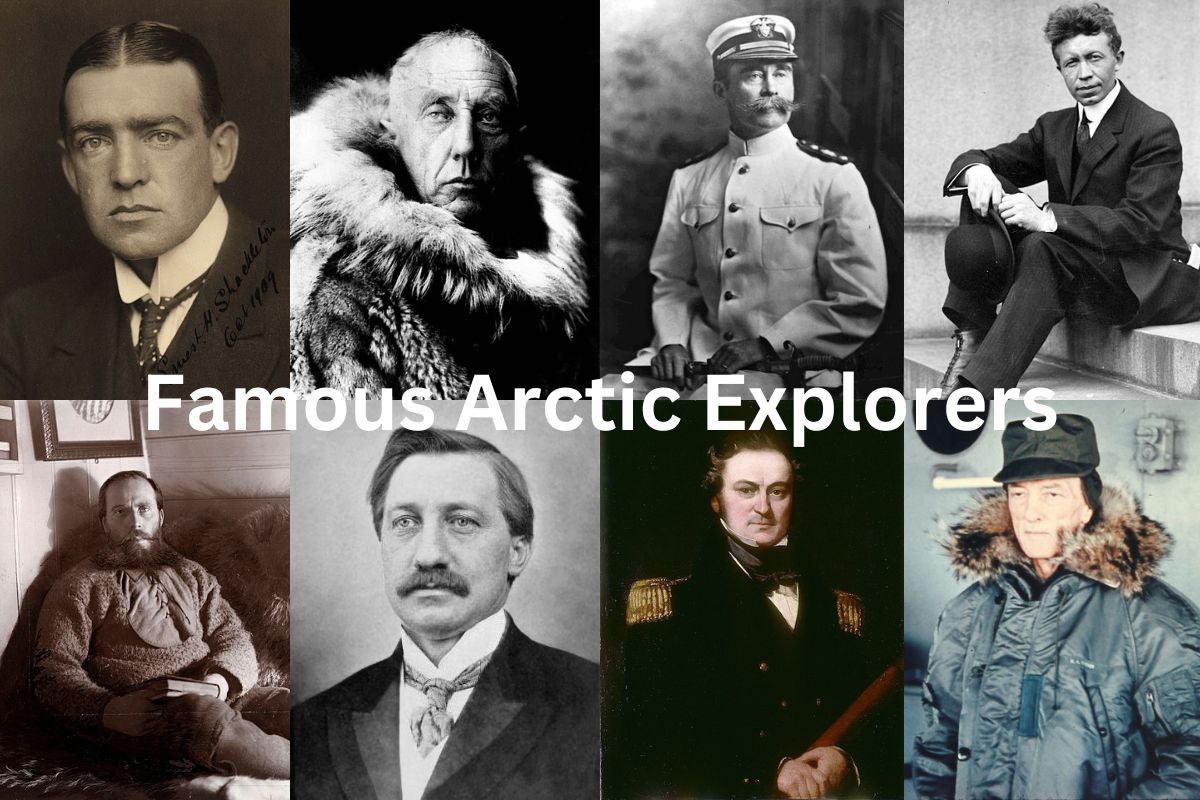The Arctic has fascinated explorers and adventurers for centuries, drawing them to its vast, frozen landscapes and harsh conditions.
Many brave men and women have risked their lives to explore and map the Arctic, contributing to our understanding of this unique and challenging region.
From the earliest Arctic expeditions of the 16th century to the modern-day scientists and adventurers who continue to push the boundaries of exploration, the Arctic has attracted some of the world’s most intrepid explorers.
Some of the most famous Arctic explorers include:
- Roald Amundsen
- Robert Peary
- Frederick Cook
- Ernest Shackleton
- William Edward Parry
- Otto Sverdrup
- Vilhjalmur Stefansson
Each of these explorers made significant contributions to our understanding of the Arctic and helped to pave the way for future exploration and discovery.
Famous Arctic Explorers
1. Roald Amundsen
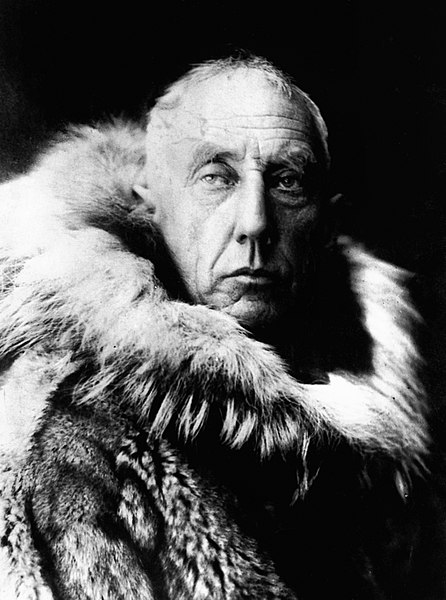
Roald Amundsen (1872-1928) was a Norwegian explorer who is best known for being the first person to reach the South Pole on December 14, 1911. He was also a pioneer of polar aviation, being the first person to fly over the North Pole in a dirigible in 1926.
Amundsen was born in Borge, Norway and grew up in a family of shipowners and captains. He developed a passion for exploration and adventure from a young age, and in 1897 he joined an expedition to the Belgian Antarctic, where he gained experience in polar exploration.
In 1903, Amundsen led his own expedition to the Arctic and became the first person to navigate the Northwest Passage, a route through the Arctic Ocean that had long been sought by explorers as a shortcut to Asia.
In 1910, he set his sights on the South Pole, and after a grueling journey across Antarctica, he and his team finally reached the Pole on December 14, 1911, beating a British expedition led by Robert Falcon Scott by just over a month.
Amundsen continued to explore and pioneer in the Arctic, becoming the first person to fly over the North Pole in a dirigible in 1926, and making several expeditions to the Arctic in the following years.
He died in 1928 while on a mission to rescue another explorer who had gone missing in the Arctic.
2. Robert Peary
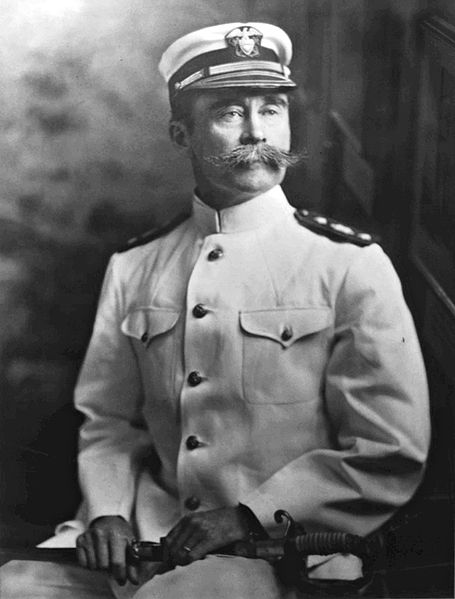
Robert Peary (1856-1920) was an American explorer who is best known for claiming to be the first person to reach the North Pole in 1909. He also made several expeditions to Greenland and is credited with mapping large areas of the Arctic.
Peary was born in Cresson, Pennsylvania, and grew up with a strong interest in exploration and science. He joined the US Navy in 1881 and began his Arctic explorations in the early 1890s. He made several trips to Greenland, mapping the coastline and studying the local Inuit culture.
In 1905, Peary set out on his final expedition to the North Pole. He was accompanied by a team of men, as well as his Inuit guides, who he had relied on in his previous expeditions.
On April 6, 1909, Peary and a small group of men claimed to have reached the North Pole. However, their claim has been disputed, and many historians believe that they fell short of the actual pole by several miles.
Despite the controversy surrounding his claim to have reached the North Pole, Peary remains a significant figure in the history of Arctic exploration. He made important contributions to the mapping and understanding of the Arctic region, and his expeditions helped to pave the way for future explorers.
3. Frederick Cook
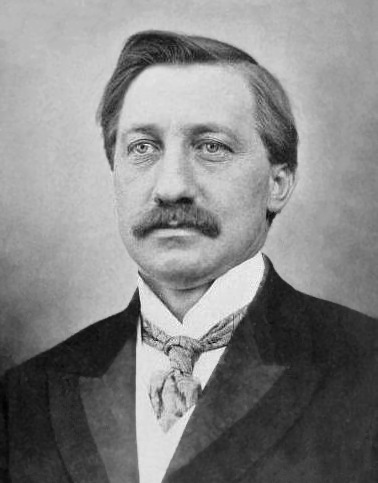
Frederick Cook (1865-1940) was an American explorer who is best known for claiming to have reached the North Pole in 1908, a year before Robert Peary’s expedition. However, Cook’s claim was controversial and was later disputed by other explorers and experts.
Cook was born in New York City and was trained as a physician. He began his exploration career in the late 1890s, making several trips to the Arctic and studying the Inuit culture.
In 1907-1908, he led his own expedition to the Arctic and claimed to have reached the North Pole on April 21, 1908.
Cook’s claim was initially accepted by many, but it was soon challenged by Robert Peary and other explorers who questioned his navigational methods and equipment. A commission appointed by the US Congress also investigated Cook’s claim and ultimately rejected it, citing inconsistencies and errors in his records.
Despite the controversy surrounding his claim to have reached the North Pole, Cook continued to explore and make significant contributions to the study of the Arctic. He made several more expeditions to the region and conducted important research on the Inuit people and their way of life.
4. Ernest Shackleton
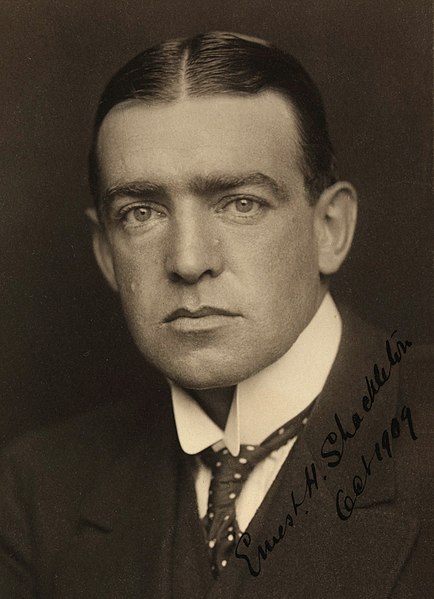
Sir Ernest Shackleton (1874-1922) was a British explorer who is best known for his leadership of the Endurance expedition to Antarctica in 1914-1916. The expedition, which aimed to make the first crossing of the continent, became one of the most famous survival stories in the history of exploration.
Shackleton was born in County Kildare, Ireland, and grew up with a love of adventure and exploration. He became a member of Robert Falcon Scott’s Discovery expedition to Antarctica in 1901-1904, and later led his own expeditions to the region.
In 1914, he set out on the Endurance expedition, which was named after the ship that he had chosen for the voyage.
The Endurance became trapped in the ice of the Weddell Sea, and after months of being stuck, the ship was eventually crushed and sunk. Shackleton and his crew were forced to camp on the ice for several months, enduring extreme cold, hunger, and isolation.
They eventually made a harrowing journey in lifeboats and on foot to reach safety on the remote Elephant Island. Shackleton then led a small crew on a dangerous 800-mile (1,300-kilometer) open-boat journey to South Georgia Island, where they were able to find help and rescue the rest of the crew.
Shackleton’s leadership and determination in the face of extreme adversity became legendary, and he is widely regarded as one of the greatest explorers of the 20th century. Despite his numerous achievements, Shackleton died at the age of 47 during an expedition to Antarctica in 1922.
5. William Edward Parry
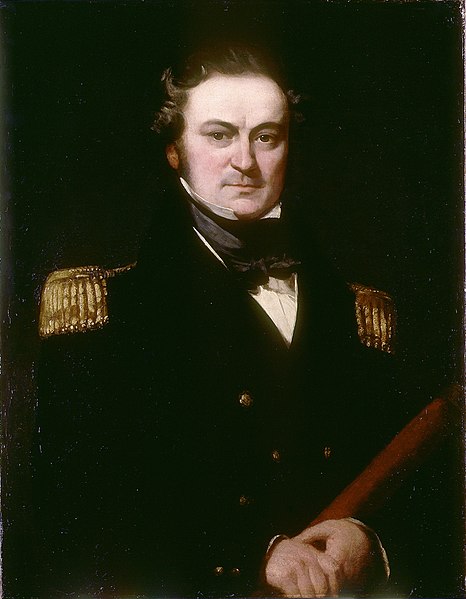
Sir William Edward Parry (1790-1855) was a British explorer who made several important voyages to the Arctic in the early 19th century. He was known for his innovative techniques for exploring the polar regions, including the use of small boats and sledges, and for his meticulous scientific observations and recordings.
Parry was born in Bath, England, and joined the Royal Navy at the age of 13. He participated in several expeditions to the Arctic in the early 19th century, including a voyage to try to find the Northwest Passage.
In 1819-1820, he led his own expedition to the Canadian Arctic and made several important discoveries, including the sighting of the elusive Northwest Passage.
Parry continued to explore the Arctic in the following years, making several more expeditions and pioneering new techniques for polar exploration. He was also an accomplished scientist and naturalist, and his expeditions contributed significantly to the understanding of the Arctic environment and its wildlife.
Parry was knighted in 1829 in recognition of his achievements, and he later served as the governor of the Arctic colony of Melville Island. He retired from the Navy in 1846 and died in Bath in 1855.
6. Otto Sverdrup
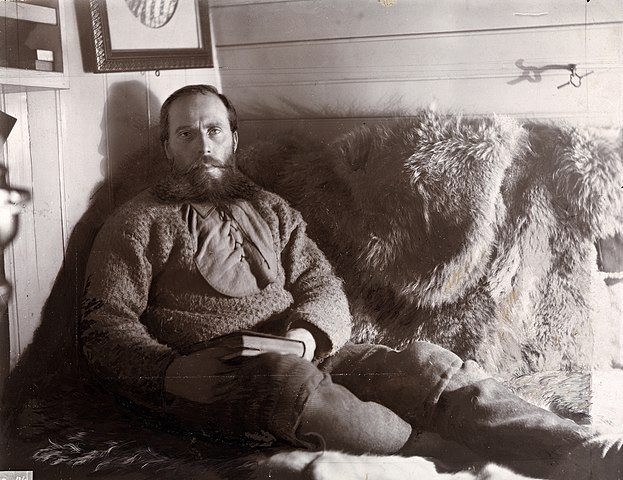
Otto Sverdrup (1854-1930) was a Norwegian explorer who made several important voyages to the Arctic in the late 19th and early 20th centuries. He is best known for his leadership of the Fram expedition, which explored the Canadian Arctic and made important scientific and geographical discoveries.
Sverdrup was born in Bindal, Norway, and joined the Norwegian merchant navy at the age of 17. He began his exploration career in the late 1870s, participating in several expeditions to the Arctic and Greenland.
In 1898, he was selected by the Norwegian polar explorer Fridtjof Nansen to lead the scientific team on the Fram expedition to the Arctic.
The Fram expedition was one of the most significant Arctic expeditions of the era, and Sverdrup played a key role in its success. He led a team of men on a long journey across the Canadian Arctic, during which they made important scientific observations and mapped large areas of previously unexplored territory.
The expedition also discovered several new islands and made important contributions to the study of Arctic ecology and geology.
After the Fram expedition, Sverdrup continued to explore and make important scientific contributions in the Arctic. He was later knighted by the King of Norway in recognition of his achievements. Sverdrup died in 1930 in Sandvika, Norway.
7. Vilhjalmur Stefansson
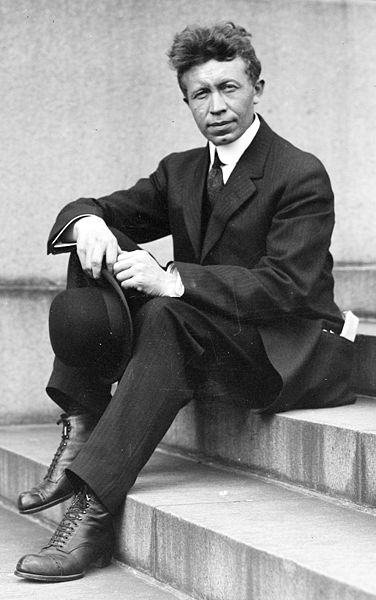
Vilhjalmur Stefansson (1879-1962) was a Canadian-American Arctic explorer and anthropologist who is known for his extensive studies of the Inuit people and their way of life. He made several expeditions to the Arctic, and his work helped to challenge and redefine popular perceptions of the region and its people.
Stefansson was born in Manitoba, Canada, and grew up with a fascination for the Arctic and its people. He began his exploration career in the early 1900s, making several expeditions to the Canadian Arctic and becoming a noted expert on the Inuit culture. He also made several attempts to reach the North Pole, but these were ultimately unsuccessful.
In the 1910s and 1920s, Stefansson continued to explore and conduct research in the Arctic, often living among the Inuit and learning from them. He believed that the traditional Inuit way of life was highly adaptable and could be used as a model for survival in the harsh Arctic environment.
He also advocated for the establishment of Arctic research stations and for greater cooperation between Arctic nations.
Stefansson’s work on the Inuit people and Arctic exploration was highly influential, and he wrote several books and articles on the subject.
However, his career was not without controversy, and he was criticized by some for his views on nutrition and his involvement in the ill-fated Karluk expedition in 1913-1914. Stefansson died in 1962 in Hanover, New Hampshire, at the age of 82.
8. Knud Rasmussen
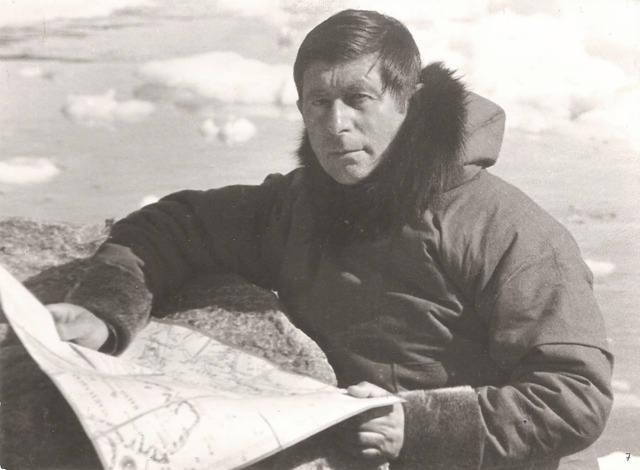
Knud Rasmussen (1879-1933) was a Danish Arctic explorer and ethnographer who is known for his extensive studies of the Inuit people and their way of life. He made several expeditions to the Arctic, and his work helped to document and preserve Inuit culture and history.
Rasmussen was born in Greenland, the son of a Danish missionary and an Inuit woman. He grew up in a bicultural environment and developed a deep respect and appreciation for Inuit culture. He began his exploration career in the early 20th century, making several expeditions to the Canadian Arctic and Greenland.
In 1910, Rasmussen established the Thule Trading Station in northwestern Greenland, which became an important center for the study of Inuit culture and history. He also led several expeditions to remote areas of the Arctic, during which he collected valuable ethnographic and linguistic data.
Rasmussen’s most famous expedition was the Fifth Thule Expedition, which took place in 1921-1924. The expedition traveled over 20,000 miles (32,000 km) by dogsled and kayak, covering areas of the Arctic that had never been explored by Westerners before.
Rasmussen documented the cultures and languages of the Inuit and other indigenous groups that he encountered, and his work became a significant contribution to the study of Arctic ethnography.
Rasmussen’s work on the Inuit people and the Arctic was highly respected, and he received numerous honors and awards for his contributions. He died in 1933 in Copenhagen, Denmark.
9. Richard E. Byrd
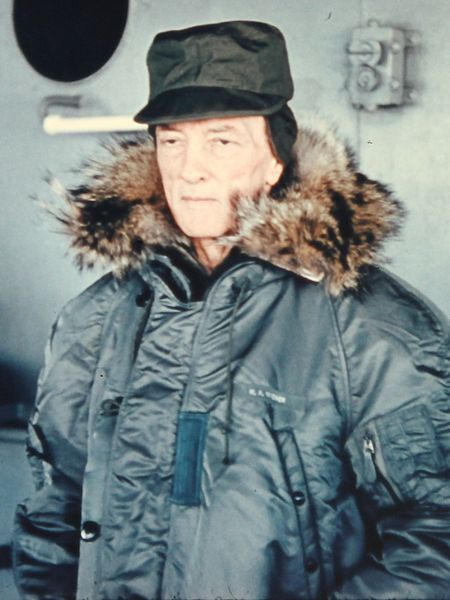
Richard E. Byrd (1888-1957) was an American naval officer and explorer who made several important expeditions to the Arctic and Antarctic. He is best known for his flights over the North Pole and the South Pole, and for his contributions to the development of polar aviation.
Byrd was born in Winchester, Virginia, and joined the US Navy in 1912. He began his exploration career during World War I, when he served as a naval aviator and made several flights over the Arctic.
He later led several expeditions to the Antarctic, during which he conducted important scientific research and made significant contributions to the study of the region.
In 1926, Byrd became the first person to fly over the North Pole, in a plane named the Josephine Ford. He later made several more flights over the Arctic, and his work helped to establish the importance of aviation in polar exploration. In 1929, he led an expedition to the Antarctic and became the first person to fly over the South Pole.
Byrd continued to explore and make important contributions to the study of the polar regions throughout his career. He received numerous honors and awards for his achievements, and his work helped to pave the way for future polar explorers and scientists. He died in Boston, Massachusetts, in 1957.
10. Peter Freuchen
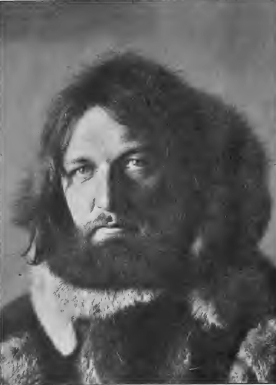
Peter Freuchen (1886-1957) was a Danish explorer, writer, and anthropologist who made several expeditions to the Arctic and Greenland in the early 20th century. He is known for his adventurous spirit, his survival skills, and his colorful personality.
Freuchen was born in Denmark and began his exploration career in the early 1900s, when he traveled to Greenland to work for a Danish trading company. He later became involved in Arctic exploration and made several expeditions to Greenland and other Arctic regions.
Freuchen’s most famous expedition was the Thule Expedition of 1916-1918, during which he spent two years living among the Inuit people in northwestern Greenland. He documented their way of life and wrote extensively about their culture and traditions.
Freuchen was also known for his survival skills and his ability to endure extreme conditions. He survived a number of harrowing experiences, including being trapped in a blizzard for several days and having to amputate his own frostbitten toes. He later wrote about these experiences in his autobiography, “Vagrant Viking.”
In addition to his exploration work, Freuchen was also a prolific writer and contributed to several Danish and American newspapers and magazines. He died in 1957 in Copenhagen, Denmark.
11. George W. DeLong
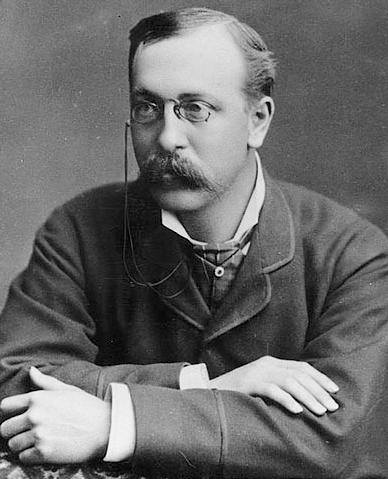
George W. DeLong (1844-1881) was an American naval officer and explorer who led an ill-fated expedition to the Arctic in 1879-1881.
The expedition aimed to explore and map the waters around the North Pole, but it ended in disaster when DeLong’s ship became trapped in the ice and his crew was forced to abandon ship and make a perilous journey over the ice.
DeLong was born in New York City and joined the US Navy during the Civil War. He later became interested in Arctic exploration and was appointed as the leader of the US Navy’s first Arctic expedition in 1879. The expedition was sponsored by the New York Herald and was intended to rival the Arctic explorations being conducted by European nations.
DeLong’s ship, the USS Jeannette, became trapped in the ice of the Arctic Ocean in September 1879, and the crew was forced to abandon ship and travel over the ice in search of safety.
They endured extreme cold, hunger, and exhaustion, and many of the crew members died during the journey. DeLong himself died of starvation and exposure just a few days before the remaining survivors were rescued by a search party.
Despite the tragic outcome of the expedition, DeLong is remembered as a brave and determined explorer who was willing to take risks in pursuit of scientific knowledge. His journal and other writings from the expedition have been published and are considered important contributions to the study of the Arctic.
12. John Franklin
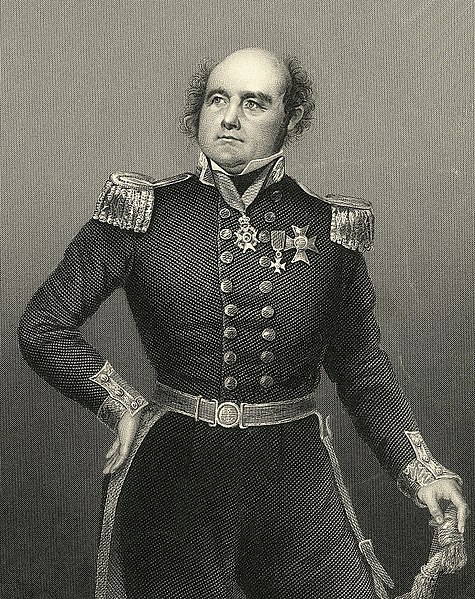
Sir John Franklin (1786-1847) was a British naval officer and explorer who is best known for his ill-fated attempt to discover the Northwest Passage, a sea route through the Arctic that would connect the Atlantic and Pacific Oceans.
Franklin began his exploration career in the early 19th century and participated in several expeditions to the Arctic and Antarctic.
He was appointed as the leader of the British government’s search for the Northwest Passage in 1845, and he set out with two ships, the HMS Erebus and the HMS Terror, and a crew of 129 men.
The expedition was last seen by European explorers in July 1845, and it was never heard from again. Numerous search parties were sent out to find the missing expedition, and the remains of some of the crew were eventually discovered on Beechey Island in 1850.
It was later determined that the ships had become trapped in the ice and that Franklin and most of his crew had died from starvation, exposure, and disease.
Despite the tragic outcome of his final expedition, Franklin is remembered as a significant figure in the history of Arctic exploration.
He made important contributions to the mapping and understanding of the Arctic region, and his attempts to find the Northwest Passage paved the way for future explorers.
13. Fridtjof Nansen
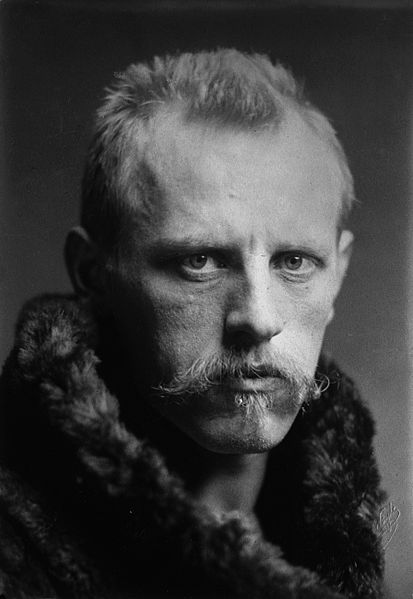
Fridtjof Nansen (1861-1930) was a Norwegian explorer, scientist, and diplomat who is known for his contributions to the study of the Arctic and his humanitarian work. He made several important expeditions to the Arctic and was awarded the Nobel Peace Prize in 1922 for his efforts to help refugees after World War I.
Nansen was born in Oslo, Norway, and became interested in Arctic exploration during his studies in zoology and oceanography. He led an expedition to Greenland in 1888-1889 and made several other expeditions to the Arctic in the following years, during which he made significant scientific and geographical discoveries.
Nansen is perhaps best known for his attempt to reach the North Pole in 1893-1896. He designed a specialized ship, the Fram, which was able to withstand the pressure of the ice and drift with the current. Nansen and a small team of men left the Fram and made a dangerous and ultimately unsuccessful attempt to reach the North Pole on skis.
After his Arctic explorations, Nansen turned his attention to humanitarian work. He became involved in efforts to help refugees after World War I and was appointed as the first High Commissioner for Refugees by the League of Nations in 1921.
He worked tirelessly to help displaced people, and his efforts were recognized with the Nobel Peace Prize in 1922.
Nansen’s legacy as an explorer, scientist, and humanitarian continues to be celebrated today. He died in Oslo in 1930.
